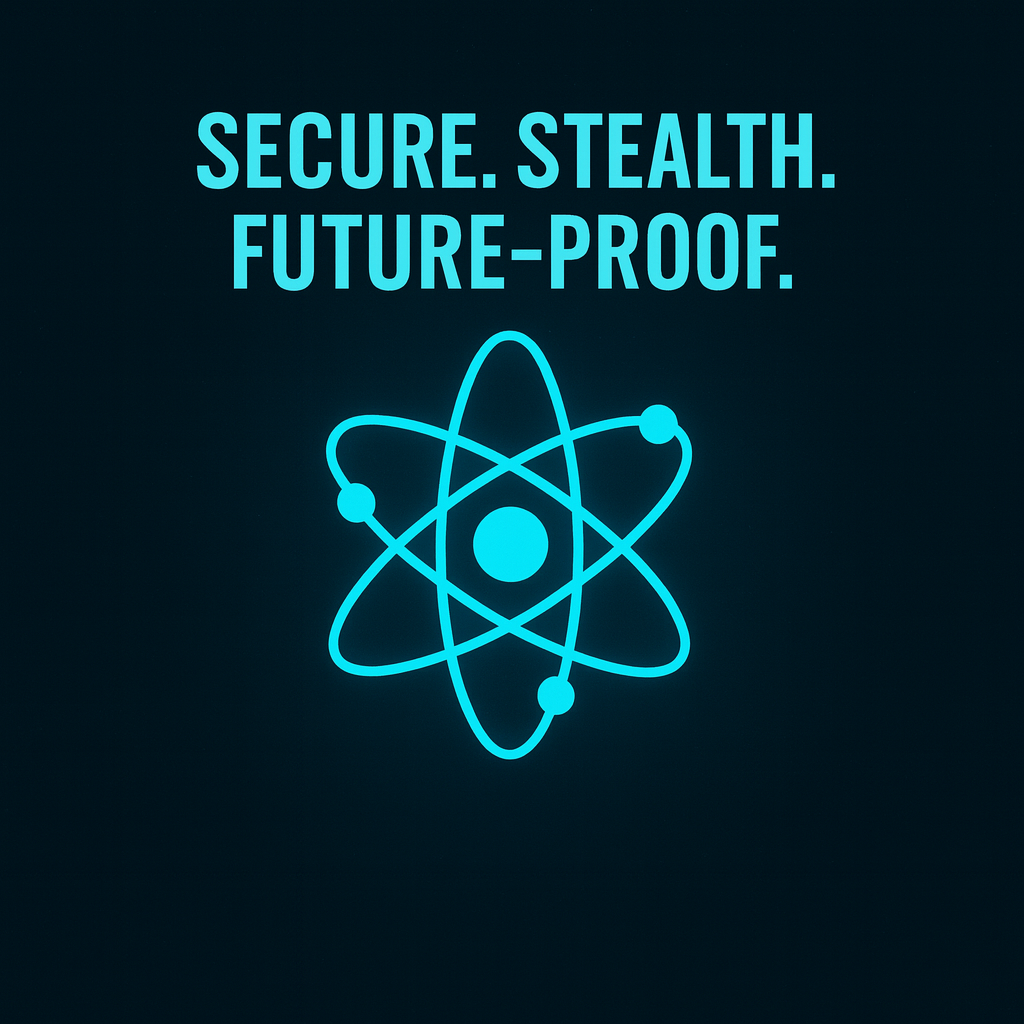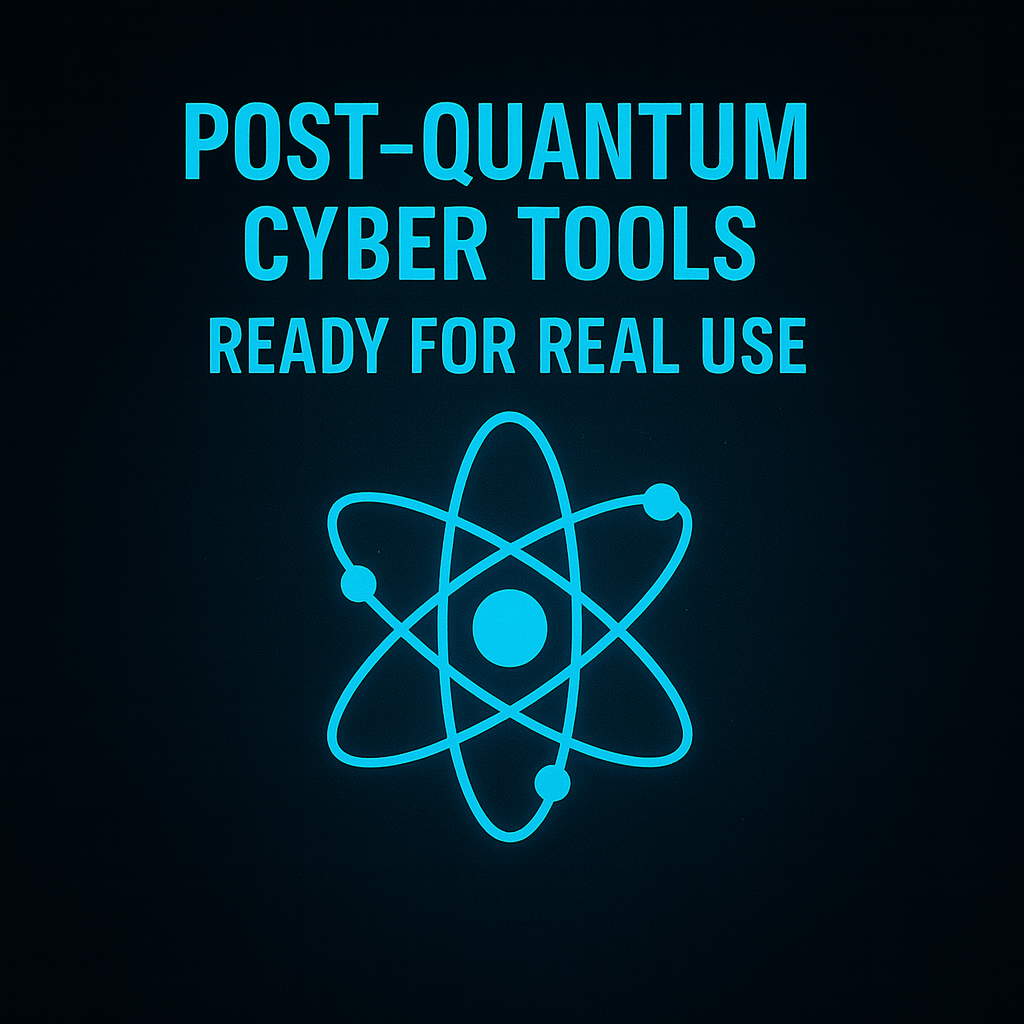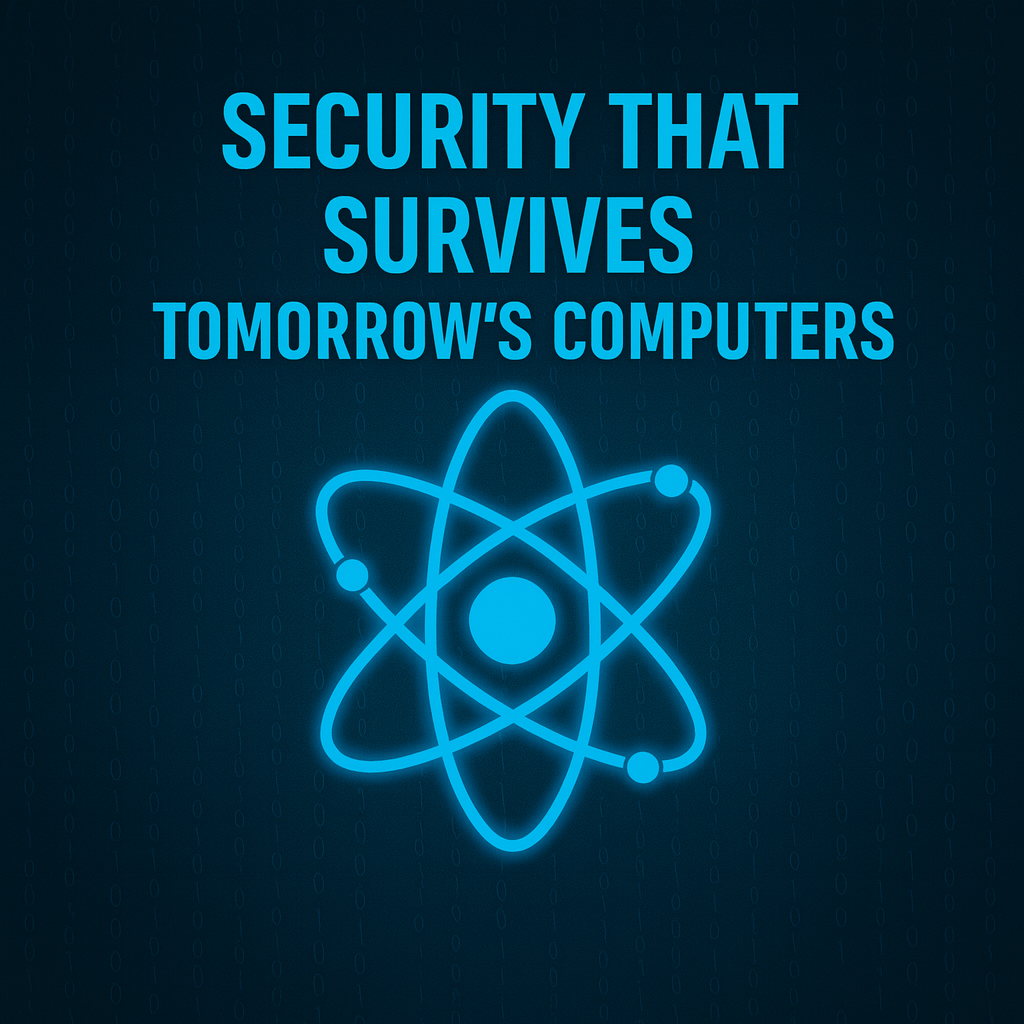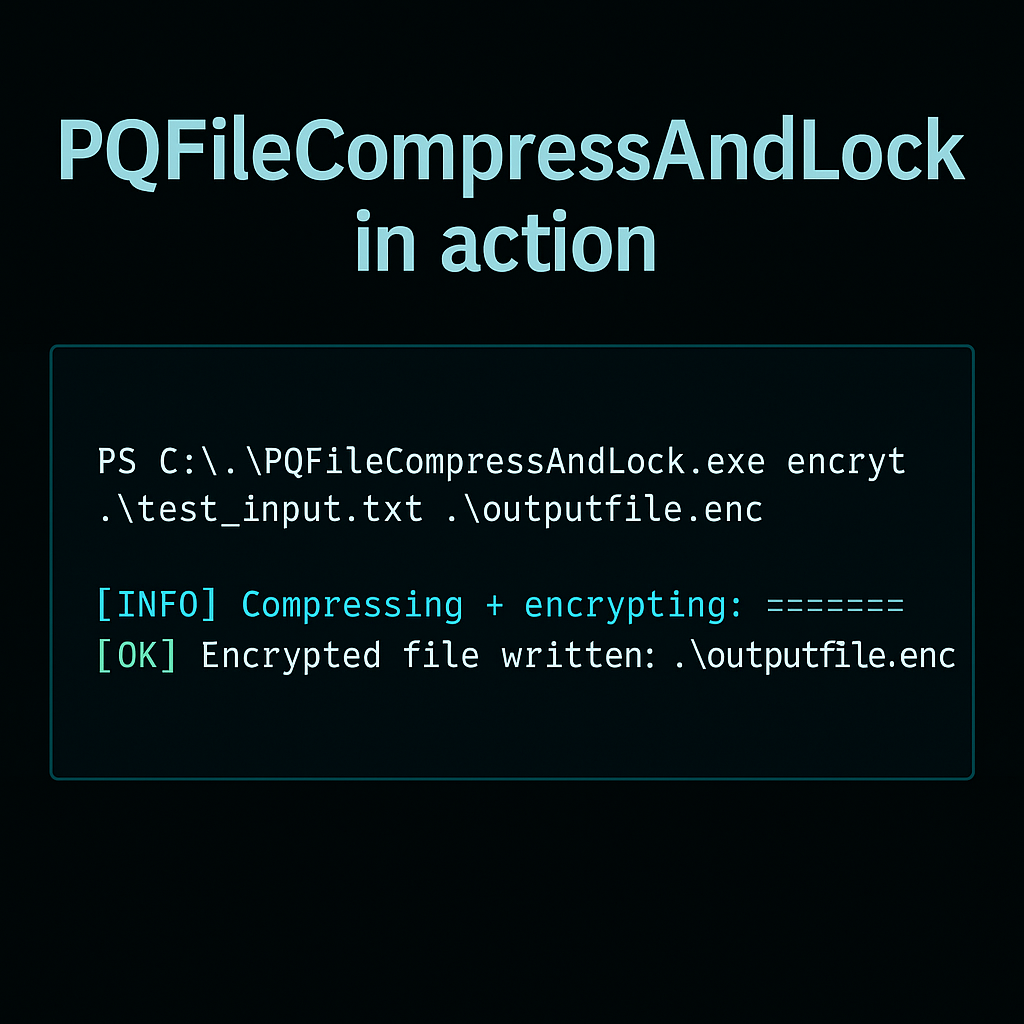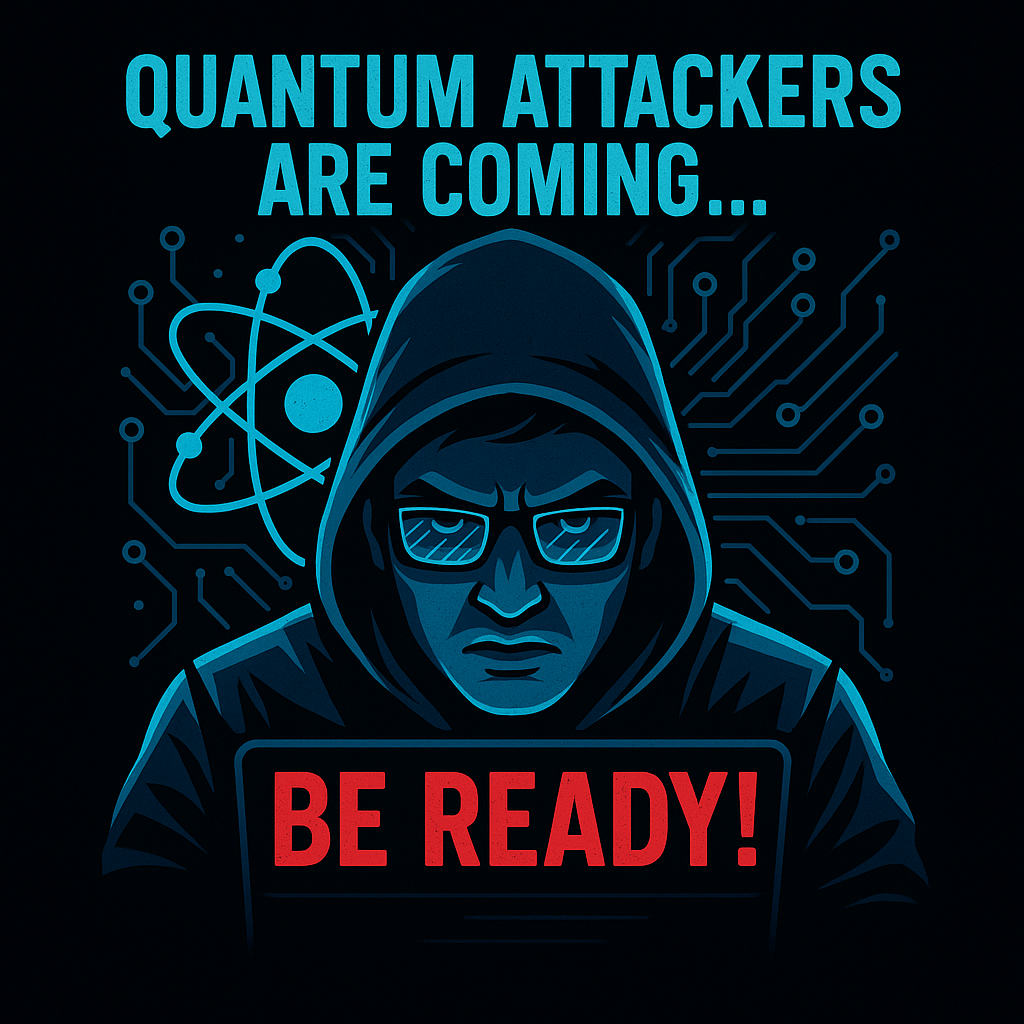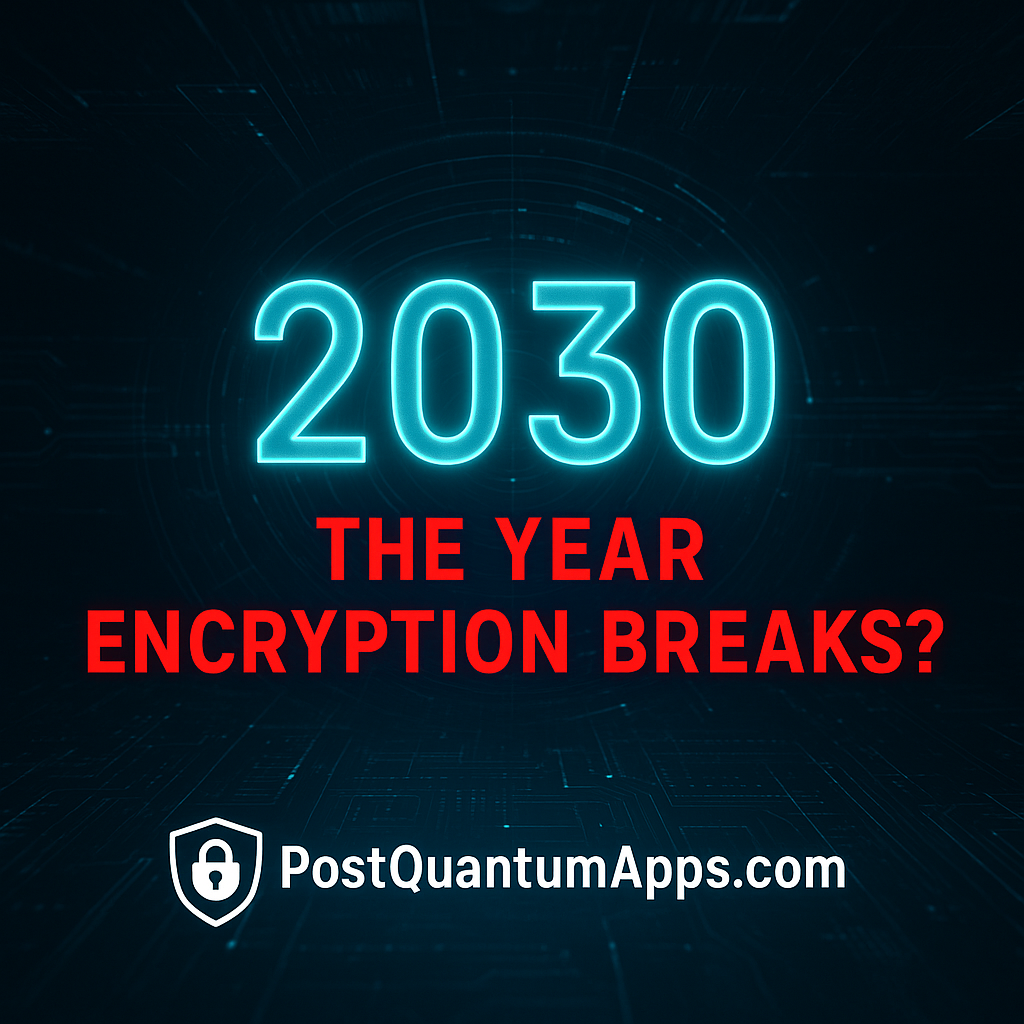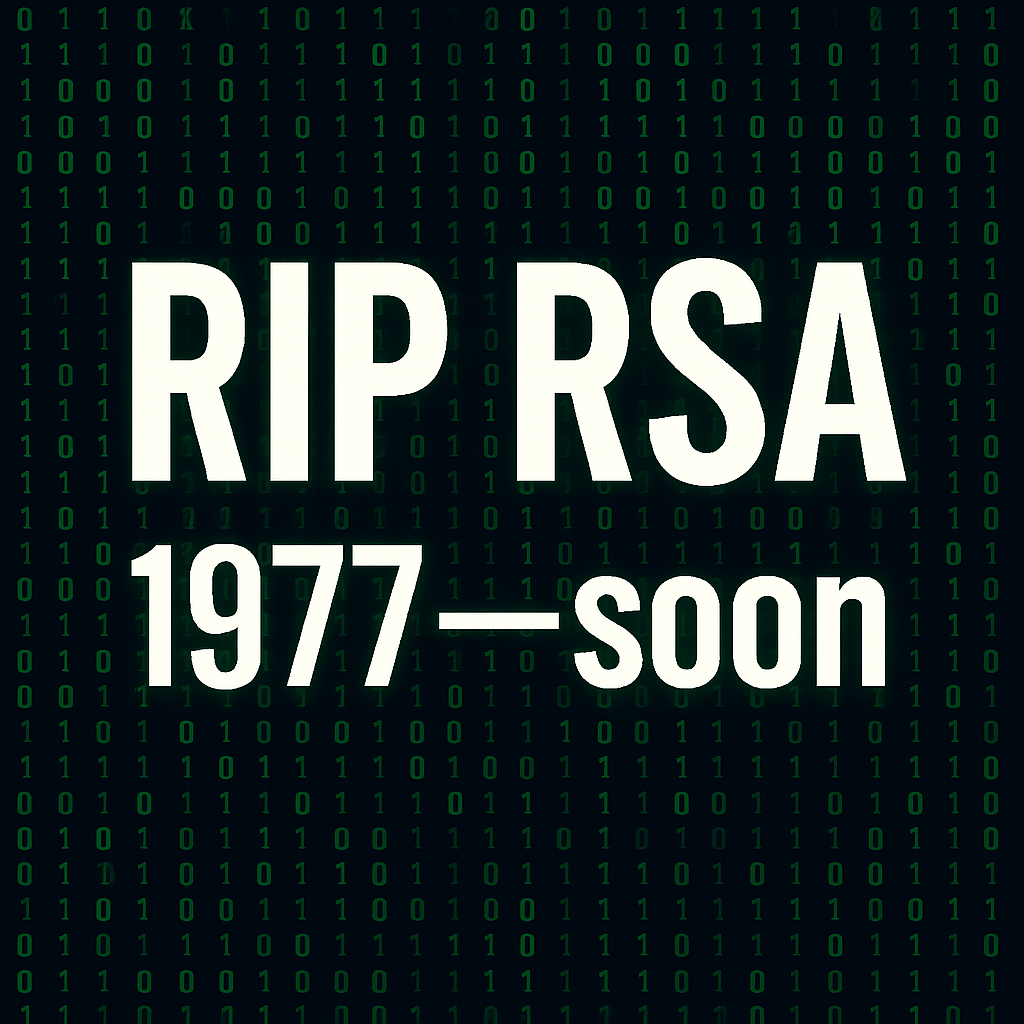For decades, modern security has relied on cryptography schemes like RSA and elliptic-curve cryptography (ECC). These algorithms protect everything from SSL/TLS on websites to VPNs, banking, messaging apps, software updates and digital identities.
All of that security, however, shares one silent assumption:
Attackers only have classical computers.
The moment large-scale quantum computers become practical, that assumption collapses. And with it, much of today’s encryption.
This is why post-quantum apps are not a luxury or a buzzword—they are a necessary step to keep data safe in the coming quantum era.
1. How Quantum Computers Threaten RSA and SSL
The core of the problem is a quantum algorithm called Shor’s algorithm, discovered in 1994. It shows that a sufficiently powerful quantum computer can efficiently solve the hard mathematical problems that RSA and many public-key systems depend on—specifically:
-
Integer factorization (for RSA)
-
Discrete logarithms (for many ECC systems)
In classical computing, factoring a 2048-bit RSA modulus is astronomically hard. With Shor’s algorithm running on a fault-tolerant quantum computer with enough logical qubits, the task becomes practically feasible. That quantum computer could:
-
Break RSA-2048 keys used in many SSL/TLS certificates
-
Forge signatures
-
Decrypt traffic that was recorded in the past
-
Undermine the trust model of the entire public key infrastructure (PKI)
This is the famous “harvest now, decrypt later” threat: attackers can record encrypted data today and wait for quantum hardware to catch up.
2. What Kind of Quantum Computer Is Needed to Break RSA?
It’s important to separate marketing from reality. The noisy, small-scale quantum devices we have today cannot break RSA or modern SSL. The threat comes from a future generation of fault-tolerant, error-corrected quantum computers.
Researchers have produced several estimates over the last years for what it would take to break RSA-2048:
-
A 2019 analysis by Gidney & Ekerå estimated that factoring a 2048-bit RSA modulus with Shor’s algorithm could require on the order of 20 million physical qubits and about 8 hours of runtime, assuming realistic error correction and gate speeds.
-
Newer estimates and optimizations sometimes reduce the total number of physical qubits, but they still require thousands of logical qubits, supported by millions of physical qubits once full error correction is included.
In short:
To break RSA-2048, we are not talking about a 100-qubit or even 1000-qubit prototype.
We are talking about a large-scale, fault-tolerant machine with millions of high-quality physical qubits and extremely low error rates.
Profile of a “crypto-breaking” quantum computer
A realistic “RSA-breaking” quantum computer would need:
-
Thousands of logical qubits dedicated to running Shor’s algorithm
-
Error-corrected architecture (surface codes or similar) to keep quantum states stable long enough
-
Gate fidelities extremely close to 100% and very fast operation times
-
Massive physical infrastructure: cryogenics, control electronics, error-correction layers
This is far beyond today’s NISQ (Noisy Intermediate-Scale Quantum) devices, which typically have tens to a few hundred physical qubits, are noisy and not error-corrected.
3. When Could Quantum Computers Break RSA and SSL?
No one can give an exact date. But we can talk about scenarios and risk windows.
Different experts and organizations have proposed timelines:
-
Some conservative analyses suggest that breaking RSA-2048 may be possible sometime between the 2030s and 2040s, if progress in qubit count, error rates and architectures continues.
-
National security agencies and standards bodies (like NIST and NSA) are acting under the assumption that quantum computers capable of breaking widely used public-key systems could appear within the lifetime of data being protected today. That’s why NIST has already selected post-quantum cryptography (PQC) algorithms for standardization and is urging migration to begin.
The key point is this:
Even if the first crypto-breaking quantum computer appears only in 15–20 years,
sensitive data encrypted today may still be valuable when that happens.
Think about:
-
Government records
-
Medical data
-
Corporate IP and trade secrets
-
Long-term contracts, legal documents, financial archives
If attackers are recording traffic now, they can decrypt it later, once quantum hardware is ready.
4. Why Post-Quantum Apps Are Needed Today
Waiting until the first large-scale quantum computer is publicly announced is too late.
There are several reasons to start deploying post-quantum applications and tools now:
4.1. Harvest-Now / Decrypt-Later Threat
Adversaries can:
-
Passively record SSL/TLS traffic, VPN tunnels, encrypted backups and secure emails today.
-
Store this data for years or decades.
-
Decrypt everything once they obtain or build a capable quantum machine.
Post-quantum apps that protect files, backups and communications with quantum-resistant algorithms reduce the payoff of this long-term attack strategy.
4.2. Migration Takes Time
Cryptographic migrations are not simple:
-
Systems must be inventoried (you need to know where crypto is used).
-
Code, protocols and dependencies must be updated.
-
Performance, compatibility and regulatory issues arise.
For large organisations, migration to new crypto standards can easily take 5–10 years.
Starting after quantum computers exist is like trying to buy fire insurance after the building is already burning.
4.3. Defence in Depth
Post-quantum standards (like lattice-based schemes from the NIST process) will be integrated into:
-
TLS versions
-
VPNs
-
Messaging protocols
-
Hardware security modules
But there is always a gap between standards and real deployment.
Post-quantum apps—standalone tools for file encryption, compression, signing and secure storage—provide an extra layer of defence that doesn’t depend on every other piece of infrastructure being upgraded first.
5. What Post-Quantum Apps Actually Do
Good post-quantum applications are designed to:
-
Use post-quantum key encapsulation mechanisms (KEMs) and signature schemes (for example, lattice-based schemes) instead of classic RSA/ECC.
-
Protect files at rest (on disk, USB, cloud storage) with keys that are not vulnerable to Shor’s algorithm.
-
Integrate hybrid approaches, combining classical and post-quantum algorithms during the transition phase.
-
Offer CLI tools and automation so users and DevOps teams can easily plug them into workflows and backups.
This is exactly where tools like post-quantum file lockers, compressors, vaults and embedding utilities fit: they provide a practical path to start using quantum-resistant protections today, without waiting for the entire internet to update.
6. Conclusion: Preparing for the Quantum Era
We do not yet have a quantum computer that can break RSA-2048 or the majority of SSL/TLS connections in the wild. But the theoretical threat is proven, the research roadmap is clear, and major organisations and governments are behaving as if the timeline is real and pressing.
-
Shor’s algorithm guarantees that sufficiently powerful quantum computers will break today’s public-key crypto.
-
Estimates indicate such machines will need thousands of logical qubits and millions of physical qubits, but progress in quantum hardware is steady.
-
Sensitive data encrypted today may still be valuable in 10, 20 or 30 years—well within the plausible window of quantum capability.
That is why post-quantum apps are not science fiction. They are a necessary, proactive step:
-
To protect data against future quantum attacks
-
To reduce the risk of harvest-now/decrypt-later strategies
-
To help organisations and individuals start building quantum-resilient security habits right now
The quantum era is coming whether we are ready or not.
Post-quantum applications exist so that, when that day arrives, our most important data is still safe. 🔐⚛️



